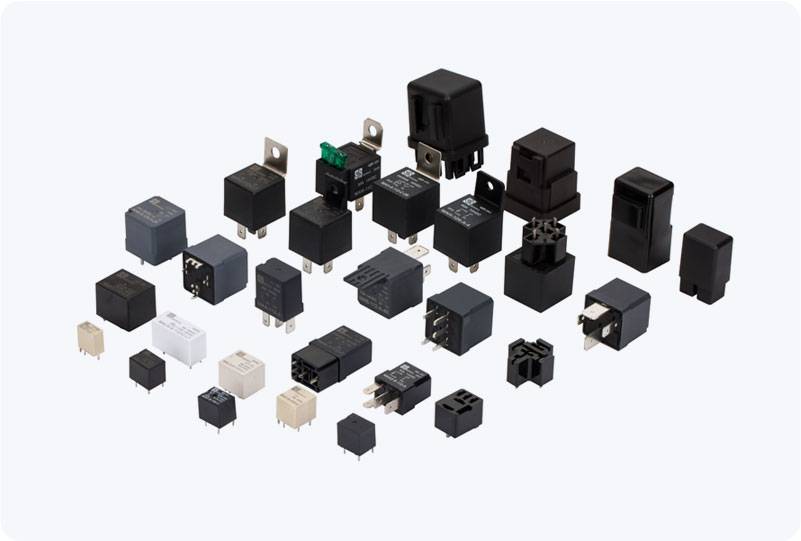Communication relay is a crucial technology that has shaped the way information is transmitted over both short and long distances in modern communication systems. By utilizing relay stations or devices, communication relay ensures that signals maintain their strength, clarity, and reliability, even over extended ranges or in challenging environments. This article explores the significance, types, and applications of communication relay systems, as well as how they contribute to the effectiveness of modern communications.

What is Communication Relay? At its core, communication relay refers to the process of transmitting signals between two or more devices via an intermediary device known as a relay. The relay device is responsible for receiving the signal, amplifying or altering it as necessary, and retransmitting it to its destination. This process is vital when the signal cannot directly reach its destination due to physical barriers, interference, or long distances. Types of Communication Relays Wired Communication Relay: In wired systems, relays are often used to extend the range of data transmission across telephone lines, Ethernet cables, or fiber-optic networks. These relays can be signal amplifiers or repeaters, which boost the signal strength and prevent degradation over long distances. For instance, in fiber-optic networks, optical amplifiers serve as relays to preserve signal integrity over large spans of optical fiber.